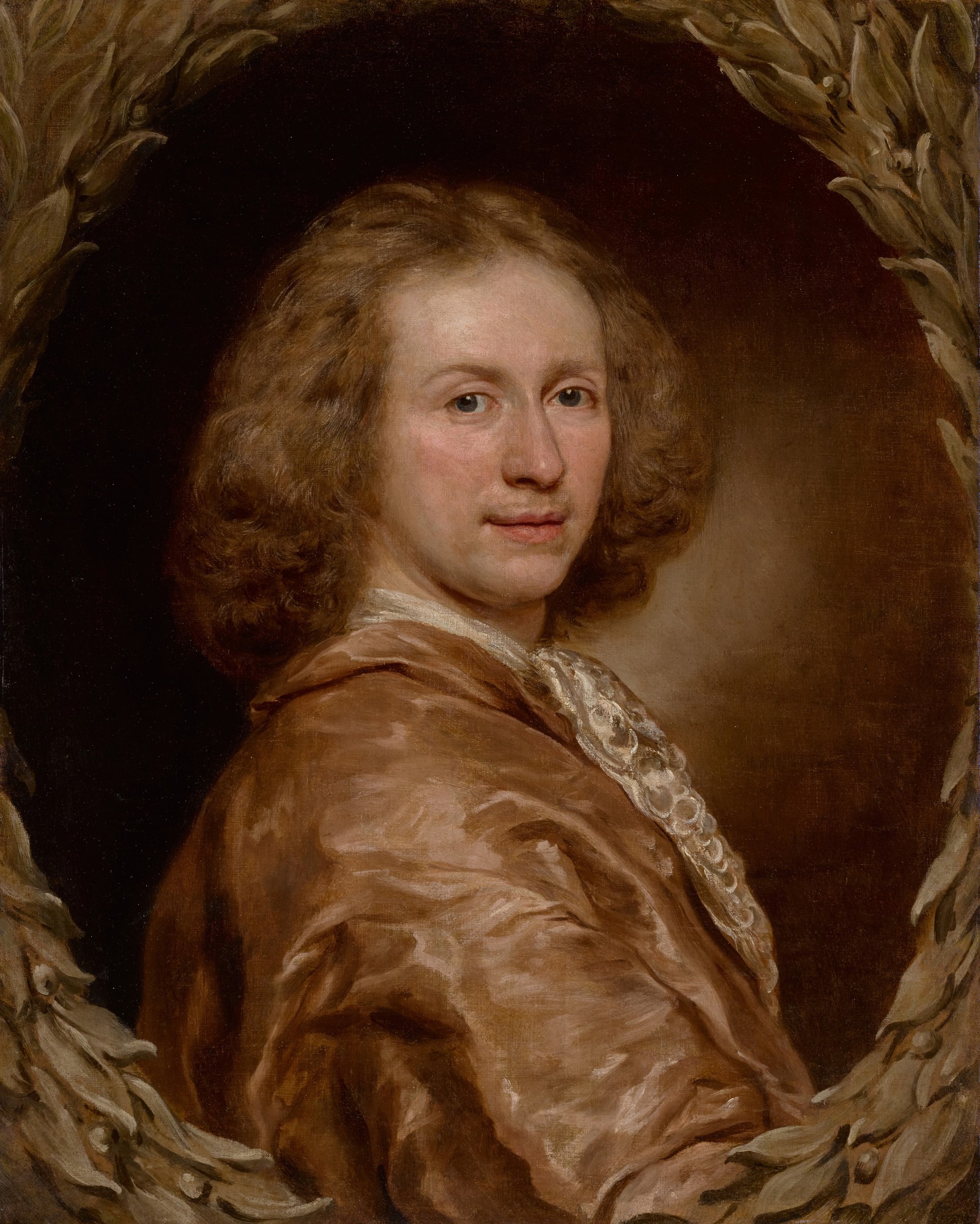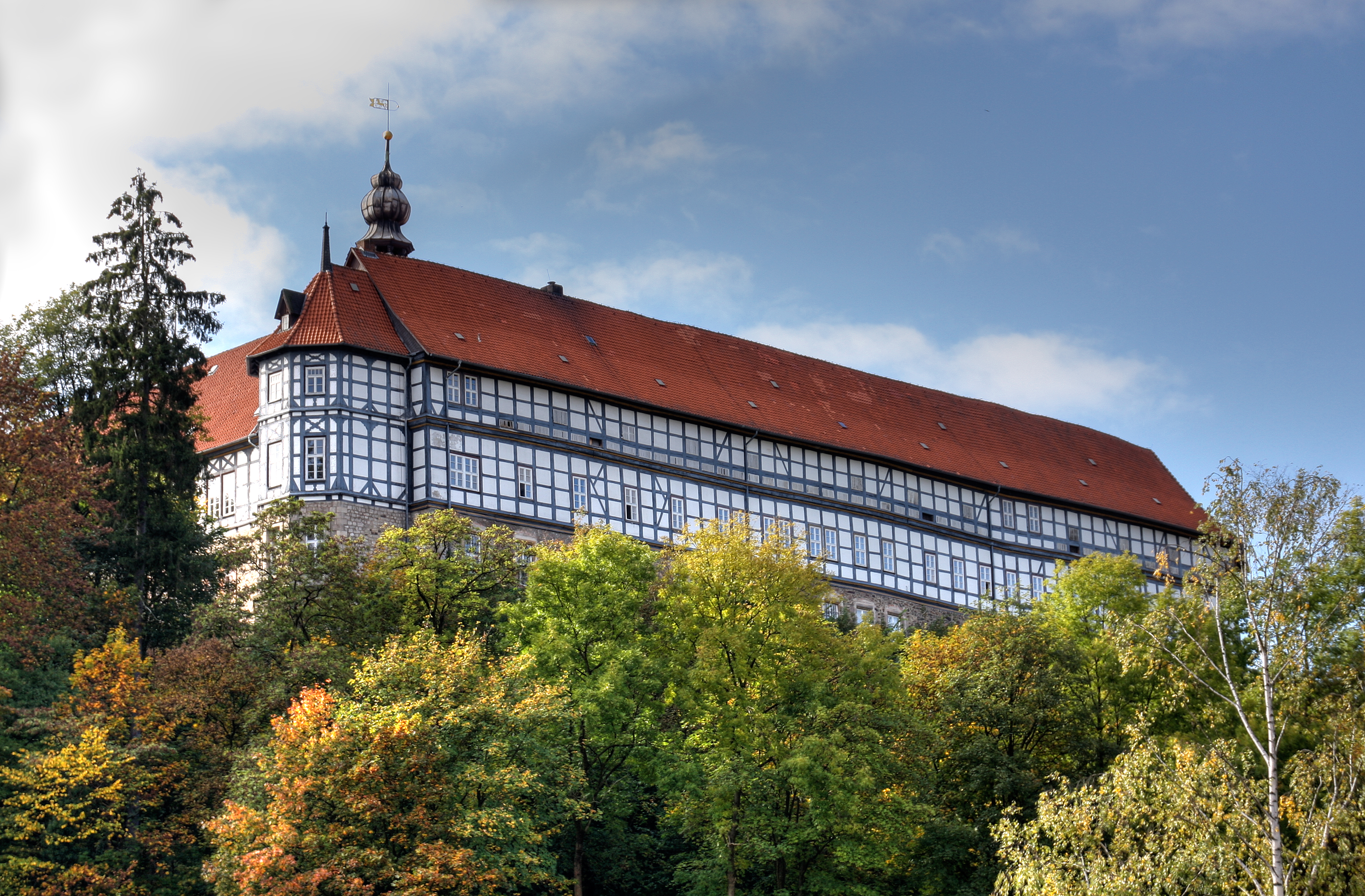|
Ernest Augustus, Elector Of Hanover
Ernest Augustus (german: Ernst August; 20 November 1629 – 23 January 1698) was ruler of the Principality of Lüneburg from 1658 and of the Principality of Calenberg from 1679 until his death, and father of George I of Great Britain. He was appointed as the ninth prince-elector of the Holy Roman Empire in 1692, but died before the appointment became effective. He was also ruler of the Prince-Bishopric of Osnabrück from 1662 until his death. Early life and marriage Ernest Augustus was born on 20 November 1629 at Herzberg Castle near Göttingen, Principality of Calenberg, the youngest son of George, Duke of Brunswick-Calenberg and Prince of Calenberg, and Anne Eleonore of Hesse-Darmstadt. On 30 September 1658, he married Sophia of the Palatinate in Heidelberg.Cavendish, Richard"Sophia of Hanover Dies" ''History Today'', Vol. 64 Issue 6, June 2014 She was the daughter of Frederick V, Elector Palatine and Elizabeth Stuart of England, and granddaughter of King James I of Eng ... [...More Info...] [...Related Items...] OR: [Wikipedia] [Google] [Baidu] |
Jacob Ferdinand Voet
Jacob Ferdinand Voet or Jakob Ferdinand Voet ( 163926 September 1689) was a Flemish portrait painter.Jacob Ferdinand Voet at the He had an international career that brought him to Italy and France, where he made portraits for an elite clientele. Voet is regarded as one of the best and most fashionable portrait painters of the High Baroque.Jacob Ferdinand Voet, '' ... [...More Info...] [...Related Items...] OR: [Wikipedia] [Google] [Baidu] |
Principality Of Calenberg
The Principality of Calenberg was a dynastic division of the Welf duchy of Brunswick-Lüneburg established in 1432. Calenberg was ruled by the House of Hanover from 1635 onwards; the princes received the ninth electoral dignity of the Holy Roman Empire in 1692. Their territory became the nucleus of the Electorate of Hanover, ruled in personal union with the Kingdom of Great Britain from 1714 onwards. The principality received its name from Calenberg Castle, a residence of the Brunswick dukes. Territory When Duke Eric I of Brunswick-Lüneburg chose the Principality of Calenberg as his part of the inheritance in 1495, he described it as "the land between the River Leine and the Deister". This geographical description, however, was never totally correct. In fact, the Principality extended west of the Leine from Schulenburg as far as Neustadt am Rübenberge in the north and thus much further north than the foothills of the Deister. To the south-west the territory stretched as far ... [...More Info...] [...Related Items...] OR: [Wikipedia] [Google] [Baidu] |
Heidelberg
Heidelberg (; Palatine German language, Palatine German: ''Heidlberg'') is a city in the States of Germany, German state of Baden-Württemberg, situated on the river Neckar in south-west Germany. As of the 2016 census, its population was 159,914, of which roughly a quarter consisted of students. Located about south of Frankfurt, Heidelberg is the List of cities in Baden-Württemberg by population, fifth-largest city in Baden-Württemberg. Heidelberg is part of the densely populated Rhine-Neckar, Rhine-Neckar Metropolitan Region. Heidelberg University, founded in 1386, is Germany's oldest and one of Europe's most reputable universities. Heidelberg is a Science, scientific hub in Germany and home to several internationally renowned #Research, research facilities adjacent to its university, including the European Molecular Biology Laboratory and four Max Planck Society, Max Planck Institutes. The city has also been a hub for the arts, especially literature, throughout the centurie ... [...More Info...] [...Related Items...] OR: [Wikipedia] [Google] [Baidu] |
Herzberg Castle
Herzberg Castle (german: Schloss Herzberg) is a German ''schloss'' in Herzberg am Harz in the district of Göttingen in the state of Lower Saxony. The present-day, quadrangular building has its origins in the 11th century as a medieval '' castle''. After a fire in 1510 it was rebuilt as a ''schloss'' and is one of the few in Lower Saxony that was constructed as a timber-framed building. Because it belonged to the House of Welf for 700 years it is also known as the Welf Castle of Herzberg (''Welfenschloss Herzberg''). Geography Herzberg Castle stands on a wooded eminence () immediately above and west of the centre of the town of Herzberg am Harz, which lies on the southwestern edge of the Harz Mountains. A stretch of the River Sieber runs past the castle to the north. Architecture The present castle is an enclosed four-winged building with a rectangular courtyard (40 x 58 m) and was rebuilt after a serious fire in November 1510. Since the new castle was completed in 152 ... [...More Info...] [...Related Items...] OR: [Wikipedia] [Google] [Baidu] |
Osnabrück Bischöfliche Residenz (1777)@01
Osnabrück (; wep, Ossenbrügge; archaic ''Osnaburg'') is a city in the German state of Lower Saxony. It is situated on the river Hase in a valley penned between the Wiehen Hills and the northern tip of the Teutoburg Forest. With a population of 168,145 Osnabrück is one of the four largest cities in Lower Saxony. The city is the centrepoint of the Osnabrück Land region as well as the District of Osnabrück.Osnabrück: Lebendiges Zentrum im Osnabrücker Land www.osnabruecker-land.de The founding of Osnabrück was linked to its positioning on important European trading routes. |
Prince-Bishopric Of Osnabrück
The Prince-Bishopric of OsnabrückAlso known as the Prince-Bishopric of Osnaburg) (german: link=no, Hochstift Osnabrück; Fürstbistum Osnabrück, Bistum Osnabrück) was an ecclesiastical principality of the Holy Roman Empire from 1225 until 1803. It should not be confused with the Diocese of Osnabrück (german: link=no, Bistum Osnabrück), which was larger and over which the prince-bishop exercised only the spiritual authority of an ordinary bishop. It was named after its capital, Osnabrück. The still-extant Diocese of Osnabrück, erected in 772, is the oldest see founded by Charlemagne, in order to Christianize the conquered stem-duchy of Saxony. The episcopal and capitular temporal possessions of the see, originally quite limited, grew in time, and its prince-bishops exercised an extensive civil jurisdiction within the territory covered by their rights of Imperial immunity. The Prince-Bishopric continued to grow in size, making its status during the Reformation a highly cont ... [...More Info...] [...Related Items...] OR: [Wikipedia] [Google] [Baidu] |
Prince-elector
The prince-electors (german: Kurfürst pl. , cz, Kurfiřt, la, Princeps Elector), or electors for short, were the members of the electoral college that elected the emperor of the Holy Roman Empire. From the 13th century onwards, the prince-electors had the privilege of electing the monarch who would be crowned by the pope. After 1508, there were no imperial coronations and the election was sufficient. Charles V (elected in 1519) was the last emperor to be crowned (1530); his successors were elected emperors by the electoral college, each being titled "Elected Emperor of the Romans" (german: erwählter Römischer Kaiser; la, electus Romanorum imperator). The dignity of elector carried great prestige and was considered to be second only to that of king or emperor. The electors held exclusive privileges that were not shared with other princes of the Empire, and they continued to hold their original titles alongside that of elector. The heir apparent to a secular prince-ele ... [...More Info...] [...Related Items...] OR: [Wikipedia] [Google] [Baidu] |
Principality Of Lüneburg
The Principality of Lüneburg (later also referred to as Celle) was a territorial division of the Duchy of Brunswick-Lüneburg within the Holy Roman Empire, immediately subordinate to the emperor. It existed from 1269 until 1705 and its territory lay within the modern-day state of Lower Saxony in Germany. The principality was named after its first capital, Lüneburg (also called Lunenburg in English), which was ruled jointly by all Brunswick-Lüneburg lines until 1637. From 1378, the seat of the principality was in Celle. It lost its independence in 1705 when it was annexed by the Electorate of Brunswick-Lüneburg, but retained its vote in the Reichstag as Brunswick-Celle. Territory When the Principality of Lüneburg emerged as a result of the division of Brunswick-Lüneburg in 1269, the domain of the Lüneburg princes consisted of a large number of territorial rights in the region of Lüneburg. However, it could not be described as a unified state, because many rights were owne ... [...More Info...] [...Related Items...] OR: [Wikipedia] [Google] [Baidu] |
Herrenhausen Palace
Herrenhausen Palace (German: ''Schloss Herrenhausen'') is a former royal summer residence of the House of Hanover in the Herrenhausen district of the German city of Hanover. It is the centerpiece of Herrenhausen Gardens. The original palace was destroyed by a British bombing raid in 1943 and reconstructed between 2009 and 2013. Today it houses a museum, a division of the Historisches Museum Hannover, and exhibition space. History Originally a manor house of 1640, the building was enlarged in phases from 1676, and served as a summer retreat, located only a few kilometers outside the city from the central Leineschloss. In 1683 Sophia of Hanover commissioned the French gardener Martin Charbonnier to enlarge the garden in the manner of Versailles to form the 50 hectare "Großer Garten". Sophia's husband, Ernest Augustus, Elector of Brunswick-Lüneburg, planned its replacement with a large baroque palace, and began construction with the "Galerie", but their son, elector George L ... [...More Info...] [...Related Items...] OR: [Wikipedia] [Google] [Baidu] |
Leineschloss
The Leineschloss (English: Leine Palace), situated on the Leine in Hanover, Germany, is the former residence of the Hanoverian dukes, electors and kings. Currently it is the seat of the Landtag of Lower Saxony. The first building on the site was a Franciscan friary, constructed in about 1300, which was abandoned in 1533 after the Protestant Reformation. In 1636, George, Duke of Brunswick-Lüneburg, began construction of a rather small late renaissance palace on the site as his residence. Elector Ernest Augustus had it enlarged and modernized and added a theatre in the late 17th century. In 1742 the north-west wing was renewed. Between 1816 and 1844, the architect Georg Ludwig Friedrich Laves fully re-built the palace. The column portico with six Corinthian columns was built during this period. During World War II, the Leineschloss burnt out entirely after Allied aerial raids. King George I of Great Britain was originally buried in the Chapel of the Leineschloss, but his remai ... [...More Info...] [...Related Items...] OR: [Wikipedia] [Google] [Baidu] |
Hanover
Hanover (; german: Hannover ; nds, Hannober) is the capital and largest city of the German state of Lower Saxony. Its 535,932 (2021) inhabitants make it the 13th-largest city in Germany as well as the fourth-largest city in Northern Germany after Berlin, Hamburg and Bremen. Hanover's urban area comprises the towns of Garbsen, Langenhagen and Laatzen and has a population of about 791,000 (2018). The Hanover Region has approximately 1.16 million inhabitants (2019). The city lies at the confluence of the River Leine and its tributary the Ihme, in the south of the North German Plain, and is the largest city in the Hannover–Braunschweig–Göttingen–Wolfsburg Metropolitan Region. It is the fifth-largest city in the Low German dialect area after Hamburg, Dortmund, Essen and Bremen. Before it became the capital of Lower Saxony in 1946, Hannover was the capital of the Principality of Calenberg (1636–1692), the Electorate of Hanover (1692–1814), the Kingdom of Hannover ... [...More Info...] [...Related Items...] OR: [Wikipedia] [Google] [Baidu] |





.jpg)

.jpg)